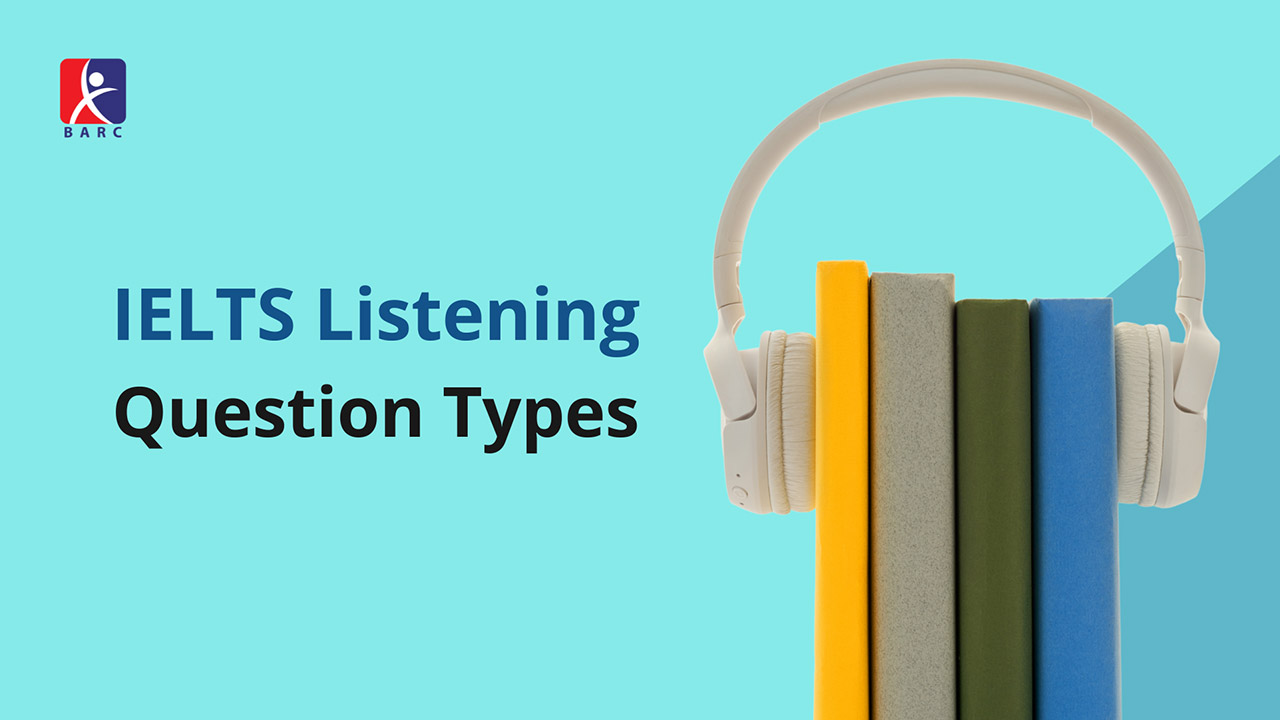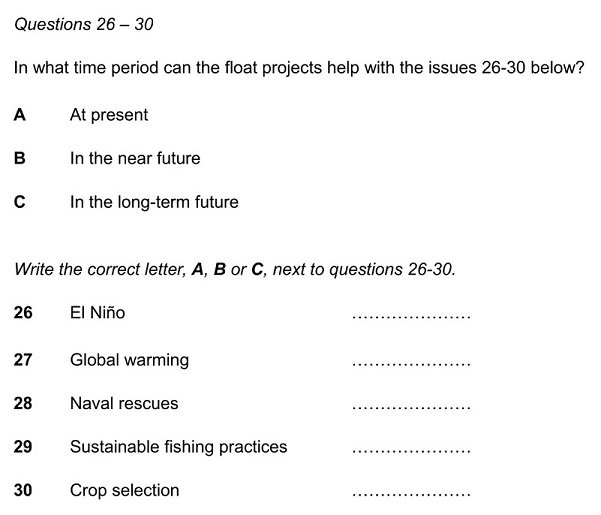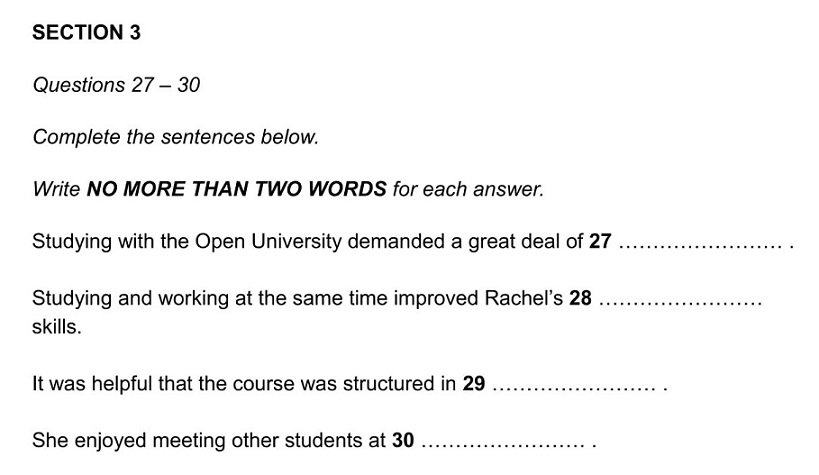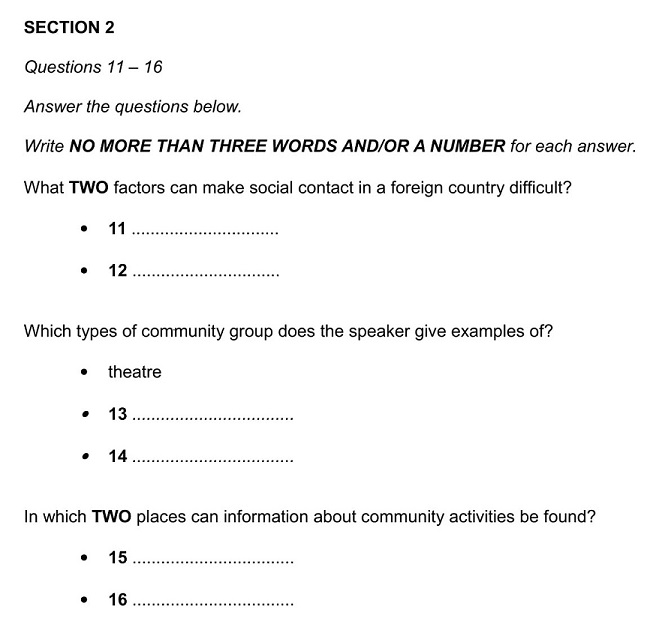
IELTS Listening Question Types
IELTS Listening is one of the easiest modules to deal with. But you can do even better than you have thought if you have a detailed idea about the question types. This will allow you to plan, prepare, and ultimately perform better on the test day. This article will illustrate IELTS Listening question types so that you can crack the listening part of IELTS.
What should you expect from each of the four parts?
There are four different parts to IELTS.
Part 1: A conversation between two people.
Part 2: A monologue generally established in a social setting.
Part 3: A conversation of up to 3 to 4 people. The contexts are usually academic but not limited to it.
Part 4: A monologue.
Common question types in IELTS Listening

1. Multiple Choice Questions
In this type of question, you will be given a number of options, generally 3 to 4, and you have to choose the best one out of them. Remember the answers, in this case, would be letters (A, B, C), not the option itself. This is where many candidates make mistakes though subconsciously.

2. Matching
For this kind of question, you have to march the characteristics of any particular things, different hotels, and their distinctive specialties, for example. Plan, map, and diagram labeling
For these tasks, you have to fill up labels on a plan. A plan could include a building, a map could involve a town, and a diagram can incorporate the manufacturing of a piece of equipment. It assesses your ability to relate the information to the visual image. Don’t forget to write only letters, not the options as answers to this type of question.

3. Form, note, table, flow-chart, summary completion
There is no exam where you will not get any of these 5 categories of questions. You’ll find at least one of them in each of the exams. These are nothing but filling in the gaps. A form can potentially include information like name, telephone number, house number, monthly income, living place, etc.
In addition to that, note completion could include a summary and ask how the different items are associated with each other. A table can include information about the same topic but different categories. A flowchart demonstrates different stages of a definite process. You have to follow each of the steps to fill in the gaps.
You may also like: Best techniques to solve flow-chart type questions in IELTS Listening
4. Sentence completion
You will find partial blanks in a sentence. So, you need to complete the latter half of the questions.

5. Short answer questions
You will find direct questions like ‘What’s the name of the inventor of Artificial Intelligence.’ You will answer them by listening to the audio.
These are very easy to answer in general. You will answer the questions by listening to the listening text. A word limit will be provided like ‘NO MORE THAN ONE WORD AND/OR A NUMBER.’ If you exceed the word limit, your answer will be marked incorrect.

6. Plan, map, and diagram completion
These are very common types of questions these days. Most of the exams include either map or diagram in Part 2 or 3. This is evident according to the recent question patterns. So, it’s better to be well-equipped to score higher by putting prodigious efforts.



As you have a complete notion of what IELTS listening question types are like now, this knowledge will serve as a colossal bonus for your listening preparation. You could have beaten around the bush while practicing listening. You could have even solved one type of question more frequently than the other types of questions just owing to a lack of knowledge in all the question types of IELTS listening.
Your struggle with other question types practiced rarely would exist for even longer in that case. But as long as you look through all the question types, you will know how many you have covered and how many you have not covered yet. You should cover each question type described here to do well in listening. Suppose, you stumble in table completion. To sharpen your skills in this particular question type, you should focus more on this type of question. This is how you could crack IELTS listening.


Pingback: Best techniques to solve flow-chart type questions in IELTS Listening - British American Resource Center